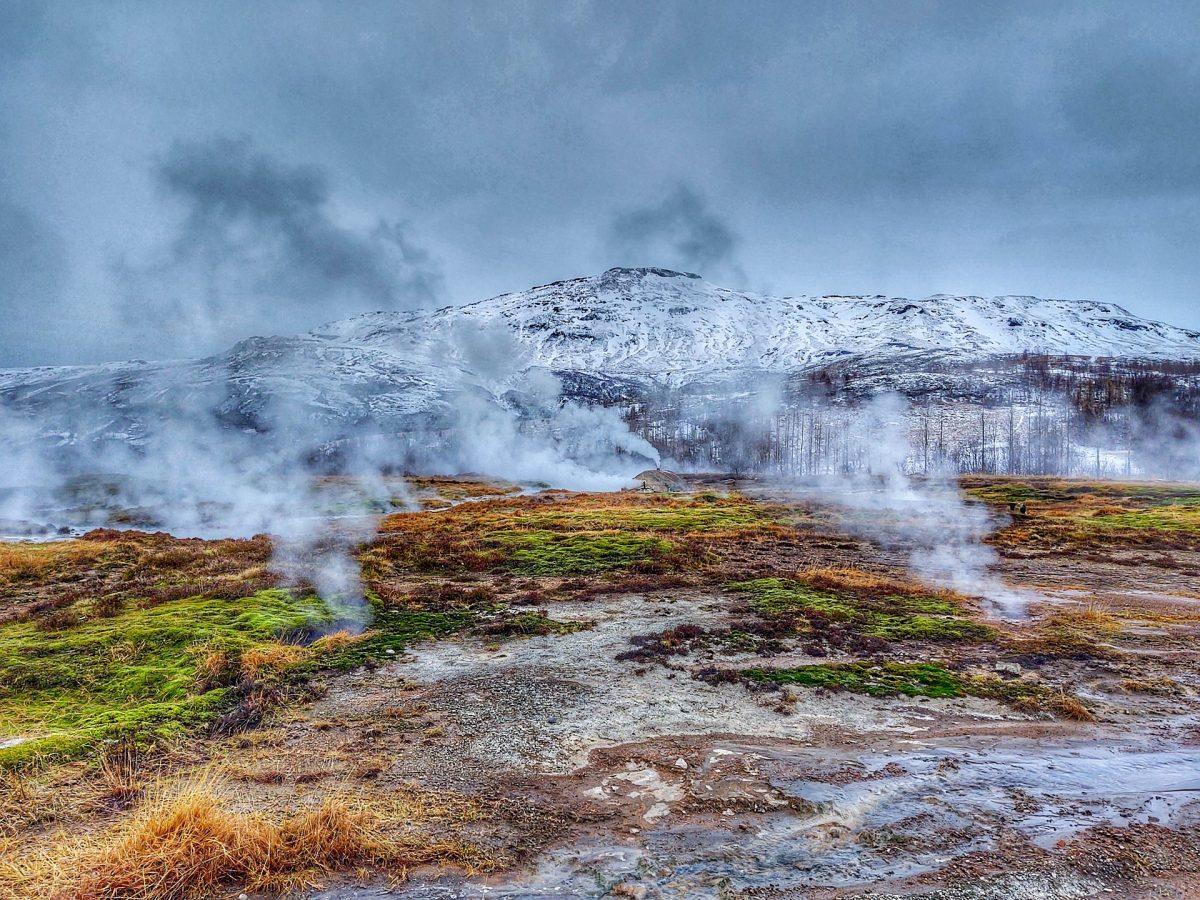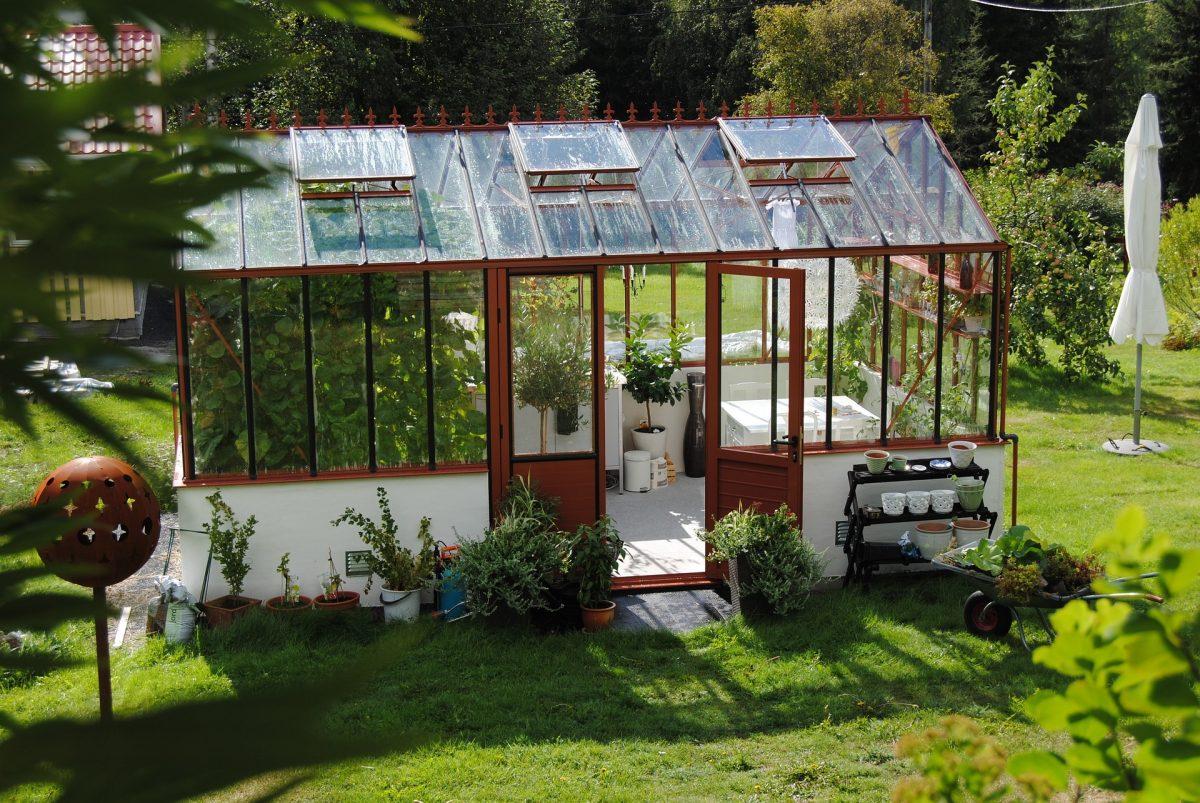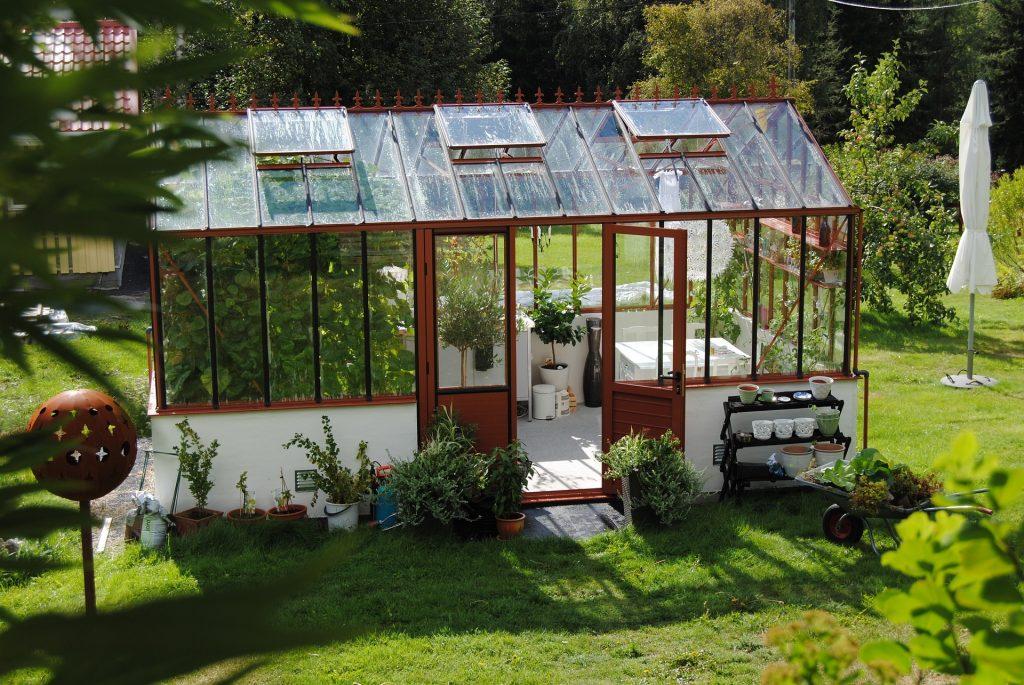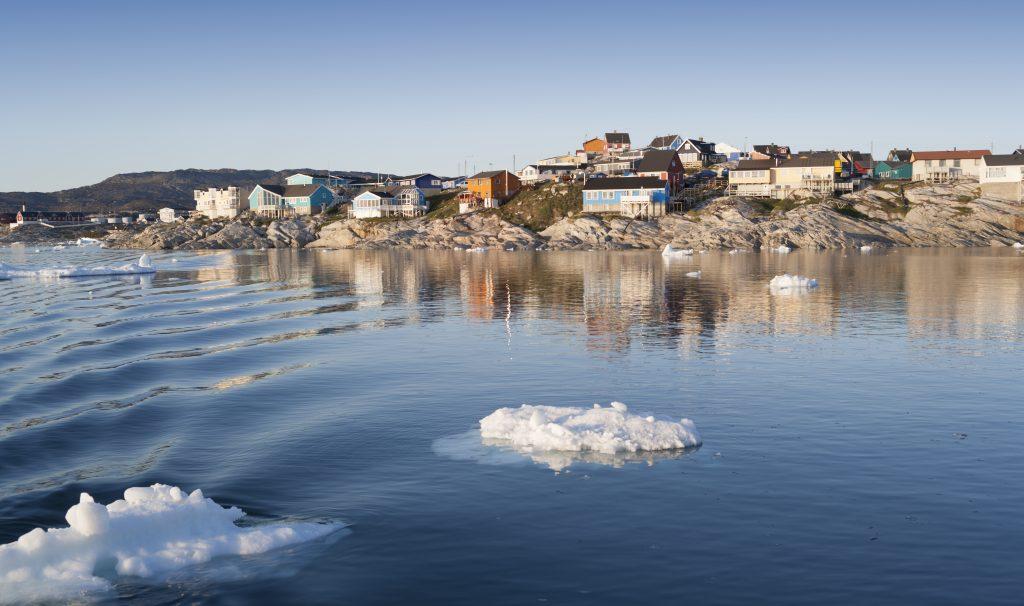As you know, here at Ecowatt we’re passionate about alternative energy sources. Since the invention of the combustion engine and subsequent dawn of the Industrial Age, mankind’s primary source of energy has been via the burning of fossil fuels – generally in the form of coal. The burning of these fuels are by far and away the leading driver of climate change due to the carbon they release in the combustion process.
If we are to prevent the Earth from warming to disastrous transformative temperatures, we need to switch to alternative energy sources immediately! One of those alternatives being increasingly examined is “Geothermal Energy”. You may well have heard the term, but many people are unsure about its exact mechanism and where it even comes from.
Considering Geothermal Energy is one of the keys to fighting off climate change, it’s imperative that we understand exactly what it is and how it works, so in this post we’re going to run through the ins and outs of one of Earth’s most natural and abundant sources of energy.
What Is It?
Geothermal energy is essentially the perpetual generation of heat and energy via a process known as “nuclear fusion”. In a similar way to how the sun burns perpetually, Earth’s core is burning through minerals and elements at extreme temperatures, and causing reactions similar to that of the Sun’s “nuclear fusion”.
While the fusion at Earth’s core and other planets is on a much smaller scale than what is happening on the Sun, the principle is the same. The process is known as “radioactive decay”, and is a continual process that started when Earth was formed more than 4 billion years ago via various frictional and gravitational forces. This radioactive decay is caused by elements such as Potassium-40 decaying, which in turn causes the Potassium’s nucleus to change, emitting massive amounts of energy known as radiation.
This process happening at Earth’s centre creates substantial heat (5,000˚ celsius) and radiates outward through the entire planet. The heat dissipates as it gets closer to the surface, losing approximately 25˚C per kilometre, but in some parts of Earth such as deep tunnels, caves, trenches and cavities, that heat escapes causing unusually warm conditions.
These conditions are mostly created by extremely hot pockets of “magma” deep in Earth’s crust. Magma is liquid rock (too hot to be solid) formed 60 kms below the surface, which escapes into chambers closer to the exterior. At 1500˚C, these magma chambers warm up nearby rocks or underground aquifers (pockets of water), and in turn expel hot water in the form of geysers, mud pots, hot springs, and steam vents – many of which are popular tourist sites around the world.
Some of the more famous sites include the monkey-inhabited Jigokudani hot spring in Japan, the enormous Blue Lagoon in Iceland, and quite possibly the most prominent of all: “Old Faithful” in Yellowstone National Park, California, erupting boiling hot water on average every 92 minutes.
These sites create perfect opportunities for energy engineers to capture and use for the sake of generating electricity. Of course, electricity is generated by heat, and all forms of electrical generation use various fuels to create heat – whether that be burning coal, oil, nuclear devices or even solar power.
If, however, you can access heat directly from Earth’s core, you cut out that middle process of trying to generate your own warmth! And this is exactly what geothermal energy offers.
Electrical architects have developed numerous forms of heat extraction from these various geothermal sites, and simply convert the heat into electricity via the standard process of “electromechanical generation”.
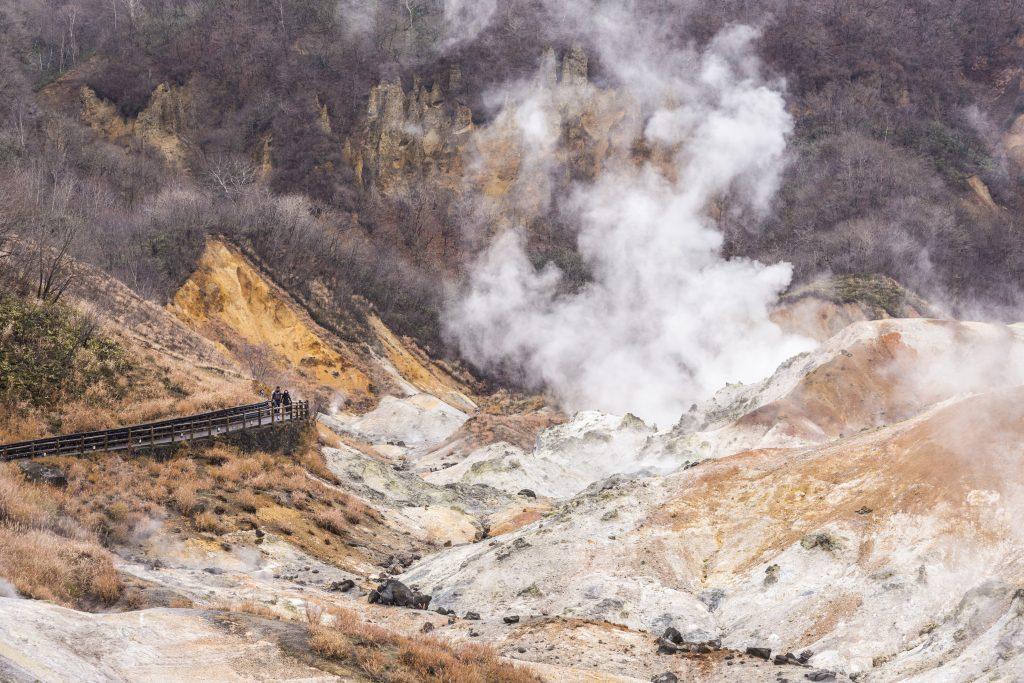
Why Is It So Important ?
Geothermal Energy is such a critical player in the fight against climate change because it is, in essence, “free energy”. We, as humans, do not need to burn anything at all in order to generate the heat, we simply need to harvest the heat that is already there.
This heat being emitted from the Earth’s core is a process that has been occurring for over 4 billion years, and is estimated to continue doing so for another 91 billion years! This heat escapes in a myriad of forms all over the globe, and is effectively “unlimited”, the only limit we have is accessing it. Tapping into geothermal energy requires all kinds of digging, mining, construction and engineering, and sometimes governments are disincentivized from pursuing it because it is quite simply cheaper to build a coal power plant than to engineer a geothermal one.
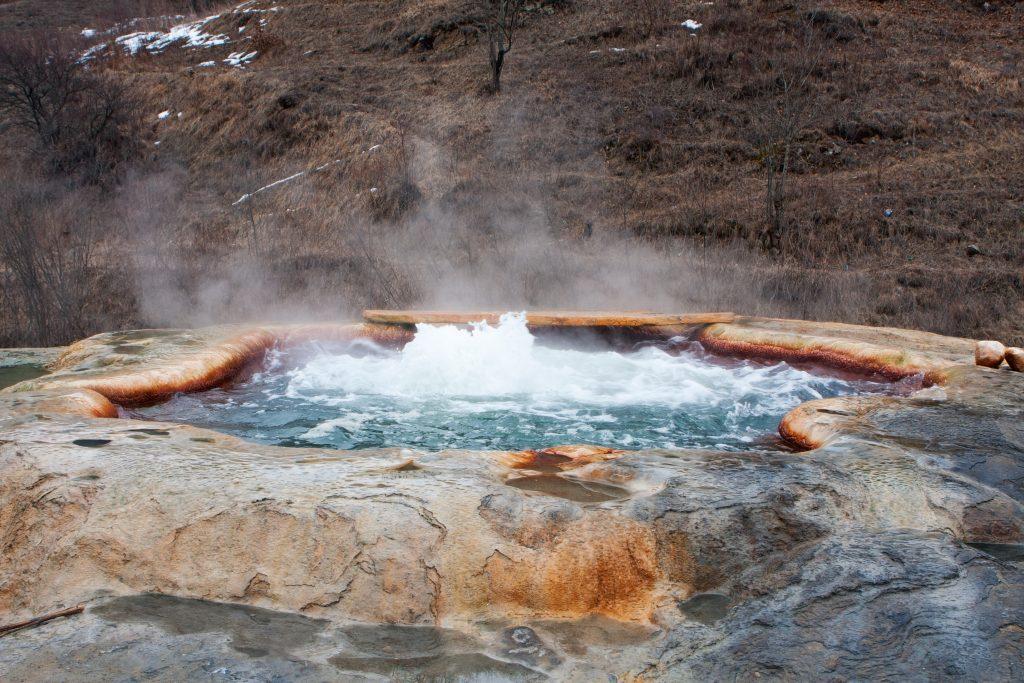
The Race Is On
This however is changing, and as the planet races to find solutions to our carbon crisis, politicians are increasing their allocation of financial resources to geothermal technologies. Rather than continue burning copious tons of coal and converting it to CO2-saturated smoke, it makes more sense than ever to simply tap into the heat already waiting to be accessed in millions of locations around the world under the Earth’s surface.
Ecowatt is actively sourcing geothermal projects, starting with a 75 MW project in Turkey. We hope to increase our geothermal portfolio, and believe this energy source is a critical solution in the global climate change crisis!
References:
National Geographic Geothermal Report:
https://education.nationalgeographic.org/resource/geothermal-energy
Magma heat:
https://www.usgs.gov/news/volcano-watch-magma-whats-hot-and-whats-not
Earth’s Core:
https://education.nationalgeographic.org/resource/core
Geothermal availability:
https://www.enelgreenpower.com/learning-hub/renewable-energies/geothermal-energy/advantages

